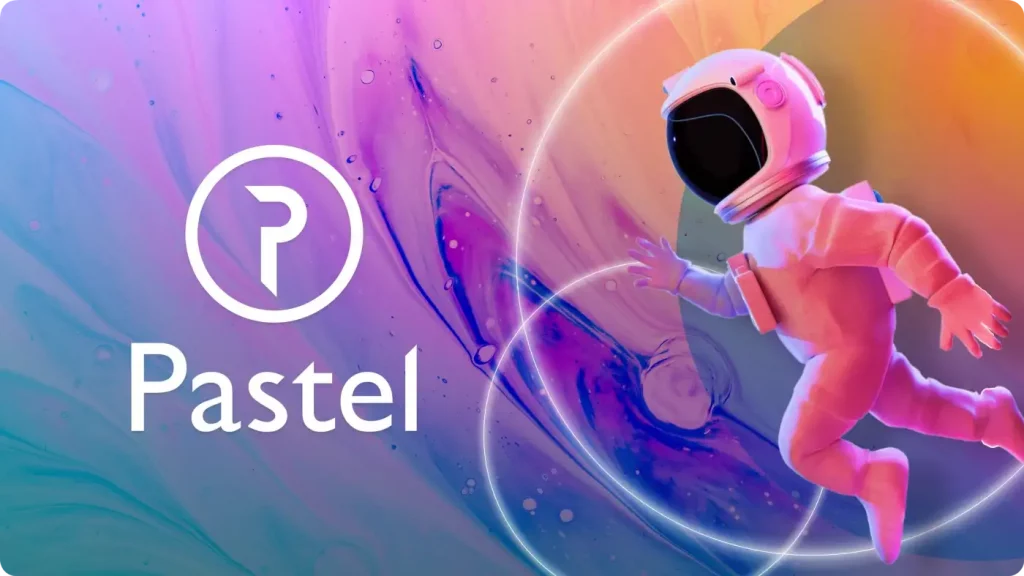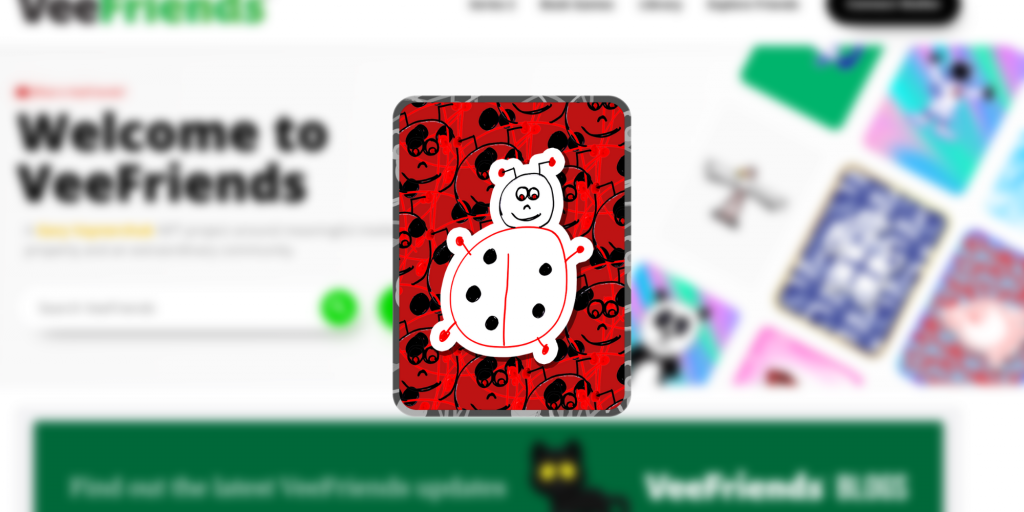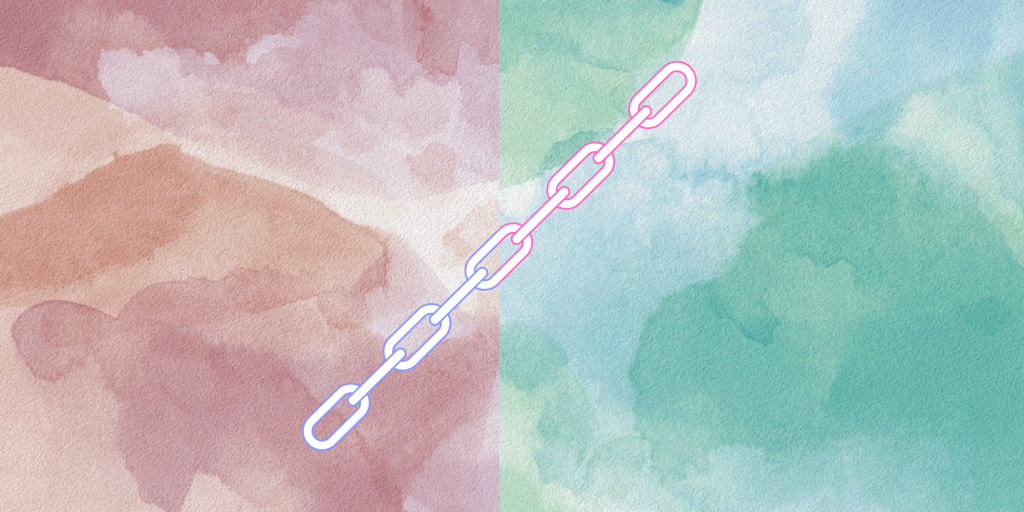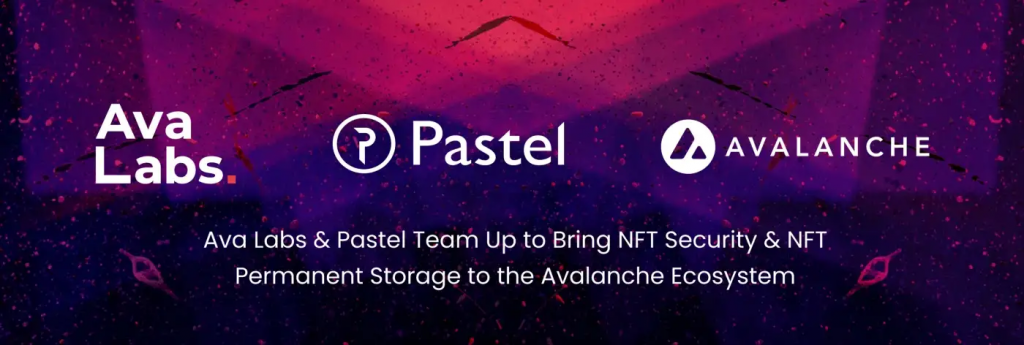Blur’s NFT Market Domination
Blur.io has taken the NFT marketplace by storm since its launch in October 2022. The platform has quickly become the largest trading platform for NFTs by volume, with a user-friendly interface that caters more to professional NFT traders than retail users. Unlike other marketplaces, Blur offers batch shelf and floor-sweeping transactions in addition to order …



